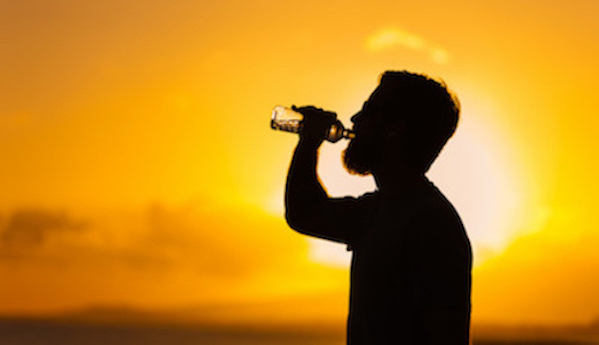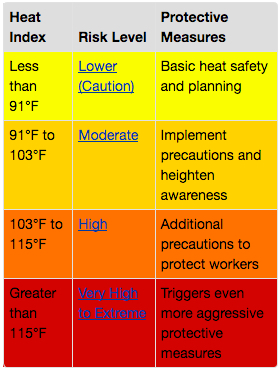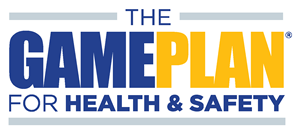 Excessive exposure to heat can cause a range of heat-related illnesses from heat rash and heat cramps to heat exhaustion and heat stroke. Heat stroke can result in death and requires immediate medical attention.
Excessive exposure to heat can cause a range of heat-related illnesses from heat rash and heat cramps to heat exhaustion and heat stroke. Heat stroke can result in death and requires immediate medical attention.
Many people are exposed to heat on the job both outdoors and in hot indoor environments. Operations involving high air temperatures, radiant heat sources, high humidity, direct physical contact with hot objects, or strenuous physical activities have a high potential for causing heat-related illness. Every year, thousands of workers become sick from occupational heat exposure, and some even die. These illnesses and deaths are preventable.
Important ways to reduce heat exposure and the risk of heat-related illness include:
- Engineering controls, such as air conditioning and ventilation
- Work practices such as work/rest cycles, drinking water often
- Providing an opportunity for workers to build up a level of tolerance to working in the heat
Workers who are suddenly exposed to working in a hot environment face additional, but generally avoidable hazards to their safety and health. New workers and those returning from time away are especially vulnerable. That's why it is important to prepare for the heat: educate workers about the dangers of heat, and acclimatize workers by gradually increasing the workload or providing more frequent breaks to help new workers and those returning to a job after time away build up a tolerance for hot conditions.
Plan for an emergency and know what to do — acting quickly can save lives!
Symptoms of heat-related illness in yourself and others during hot weather:
- Heat stroke, the most serious form of heat-related illness, happens when the body becomes unable to regulate its core temperature. Sweating stops and the body can no longer rid itself of excess heat. Signs include confusion, loss of consciousness, and seizures. Heat stroke is a medical emergency that may result in death! Call 911 immediately.
- Heat exhaustion is the body's response to loss of water and salt from heavy sweating. Signs include headache, nausea, dizziness, weakness, irritability, thirst, and heavy sweating.
- Heat cramps are caused by the loss of body salts and fluid during sweating. Low salt levels in muscles cause painful cramps. Tired muscles—those used for performing the work—are usually the ones most affected by cramps. Cramps may occur during or after working hours.
- Heat rash, also known as prickly heat, is skin irritation caused by sweat that does not evaporate from the skin. Heat rash is the most common problem in hot work environments.

